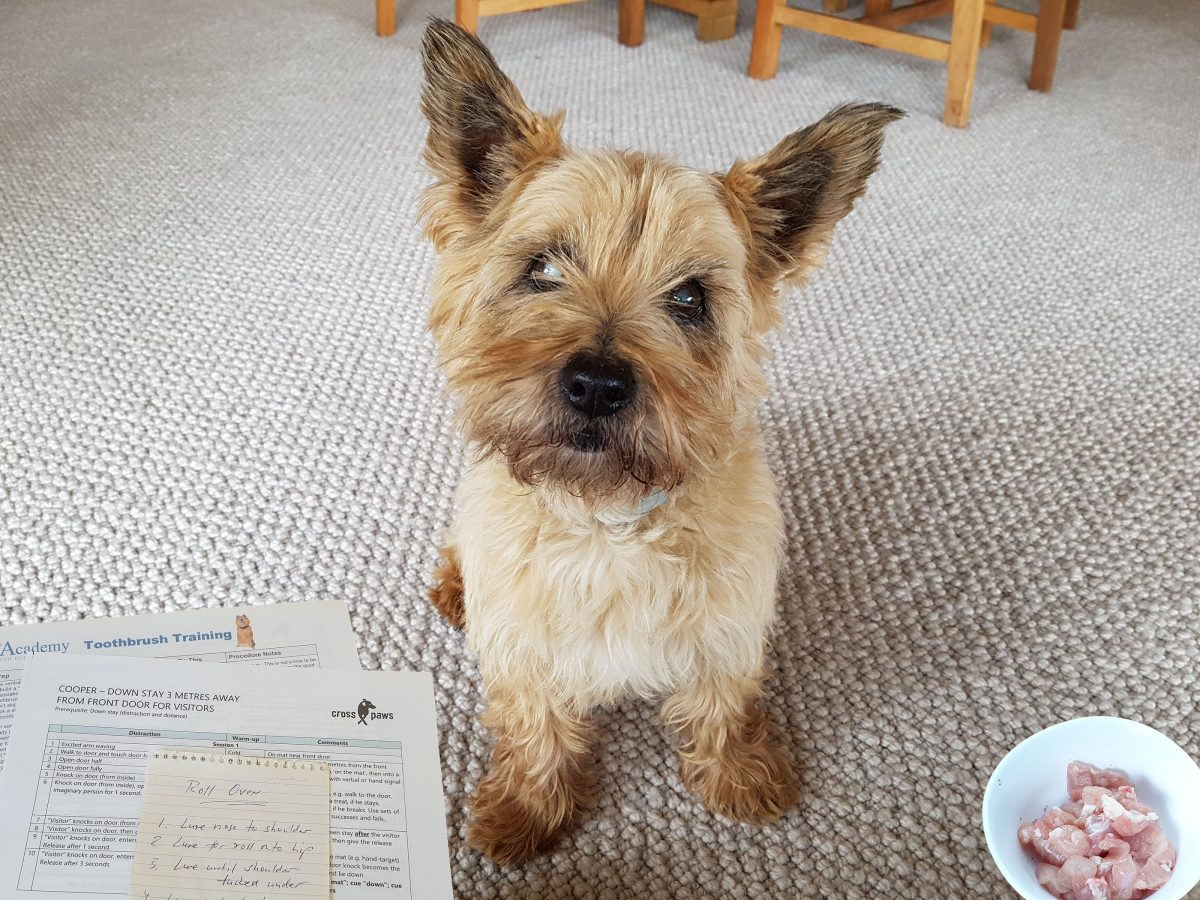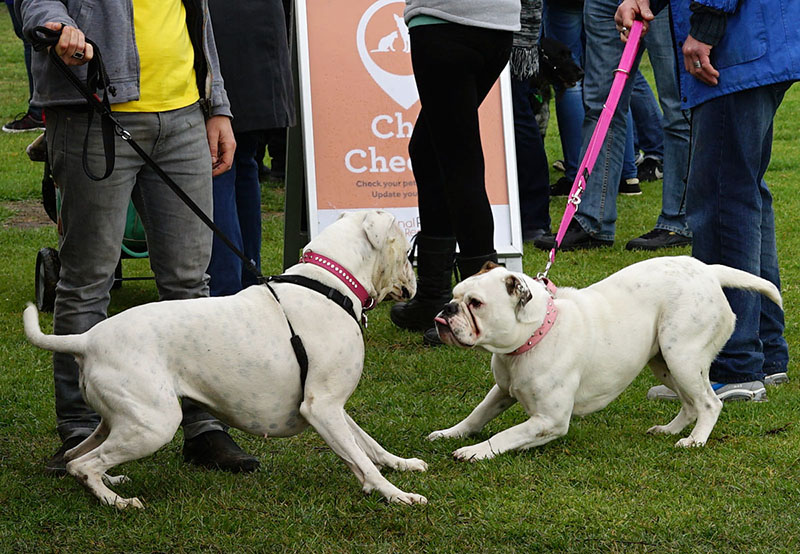There are plenty of DIY projects waiting to be done and—while you’re stuck at home and if you’re lucky enough to have a dog—why not give DIY dog training a go? No dog? No problem. Animal training works on cats, lizards, insects, spouses, kids and pretty much any organism you are able to mentally engage for more than a second. As for the method of training, force-free is the only way to safeguard against disastrous outcomes.
You don’t need to be a professional to train your dog but it helps to look for professional advice
DIY projects do have the tendency to turn disastrous when we try to wing it, lose patience or use less than adequate tools and materials. That’s me just a few days ago. I was up on a ladder attacking the sturdy steel gutter with a cheap hole saw. I didn’t buy a cheap hole saw to save money, but because the friendly staff member at my local hardware store told me it’ll do the job and the only alternative was to go for the professional and really expensive tools. Now, while I normally go for quality over price when it comes to tools and hardware, I don’t intend to drill holes in gutters as a future career, so I took the advice despite my gut instinct telling me otherwise.
How often do we follow advice from someone who sounds like an expert? You can guess the answer. Most of us don’t normally have time to do extensive research before every decision we make, so listening to someone who seems to know what they’re talking about is completely understandable. In addition, we sometimes silence that inner voice of ours, even if it keeps waving red flags at our imminent decisions. Of course, that voice it isn’t always right either, but a gut feeling may just be your saviour. I’d certainly listen to it, if someone’s advice sounds too good to be true or plain illogical. If that nagging inner voice has questions, get answers or get out.
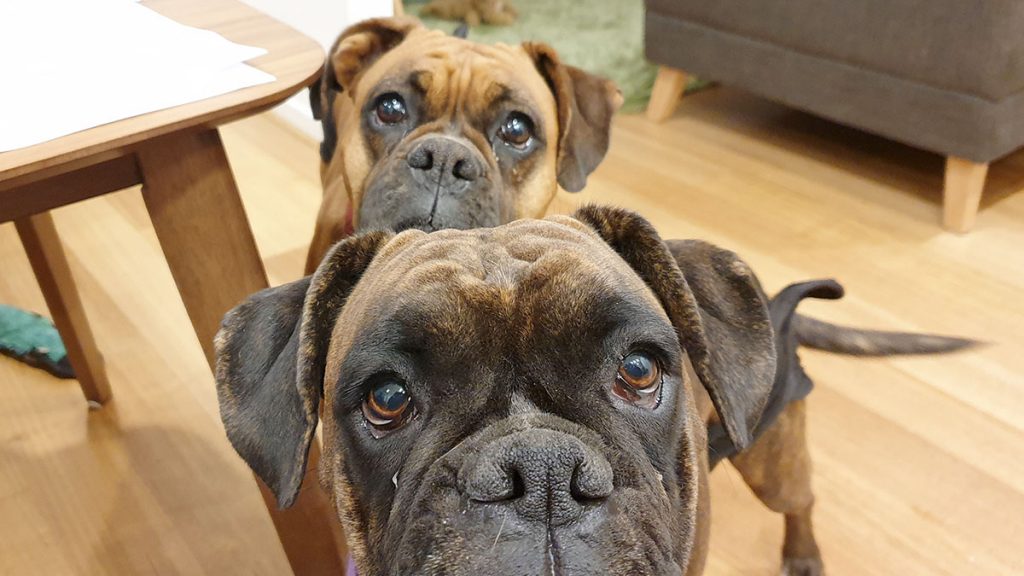
Have a healthy dose of skepticism, of others and yourself, to prevent disaster for you and your dog
The internet is a DIY lover’s dream. YouTube is leading the “I can do this!” movement with a ton of easy to digest clips, covering every possible DIY project you could ever dream of having a go at. And it’s great! I love that so many people are willing to share their expertise for free. But it comes with two major caveats: 1) If we believe a few video clips give us the whole picture, we might become overconfident and make a mess and 2) The author may not be an expert after all and we are replicating someone else’s mess. The bottom line is, if we wade into a DIY project clueless, we set ourselves up to fail.
Which brings me back to my now toothless hole saw. My problem when shopping for the hole saw was that the packaging didn’t tell me what the saw could or couldn’t do. I didn’t have a clear picture and I needed more information. Then the staff member came to my rescue—or so I thought—and assured me it was fine. I allowed myself to be persuaded. The result of my hack job wasn’t devastating but it was crude and caused material damage. I can live with that. I messed it up and will do a better job next time. Please don’t take this approach when training your dog!
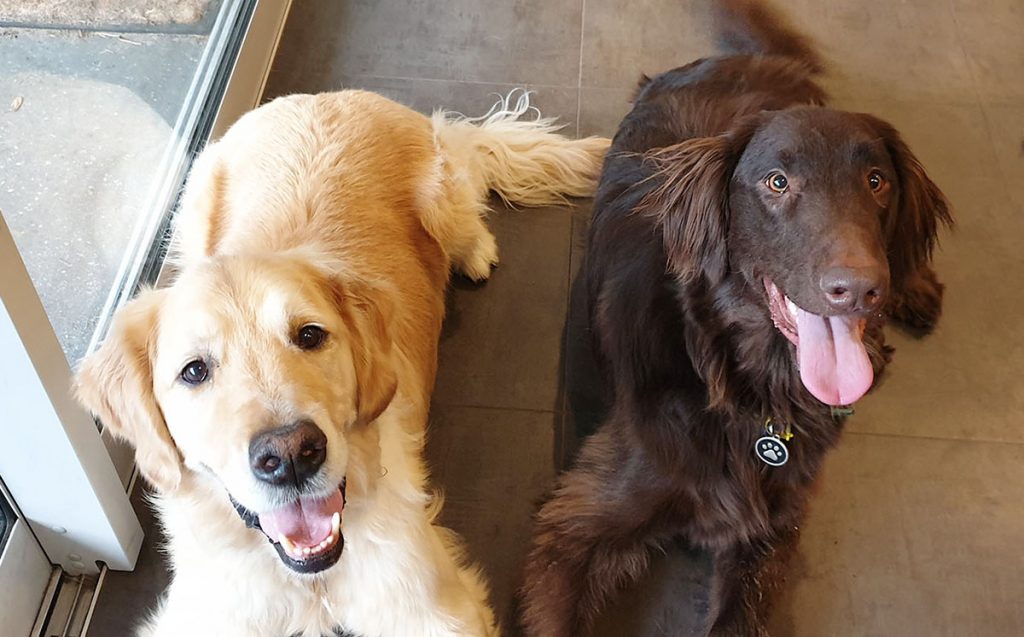
If you rate your dog’s welfare as essential, you are already more of an expert than a ton of YouTube trainers out there
Leaving out information is a common problem with dog training advice. People are not given a clear picture. You’re told how to get a job done but you’re not told how the recommended tools and techniques could potentially harm your dog—physically and psychologically. Or worse, your inner voice is silenced by assurances that everything will be fine. Just think about what’s at stake (your dog) and the risks you take (your dog may become fearful and/or aggressive and may never recover). There are good reasons to invest some time or money into a DIY project, especially if it’s DIY dog training. What can be a more compelling reason than the wellbeing and happiness of your dog, and ultimately your own happiness.
To get the bigger picture, first find out how dogs learn and what is considered best practice in dog training these days. This should steer you firmly towards the science of animal learning, specifically positive reinforcement, and away from confrontational and harmful training methods. And bingo. That video clip you just started shows a dog being yanked by the neck? A dog being pushed, pinned, sprayed, shocked, yelled at, growled at, forcefully restrained, intimidated and coerced in any way? A dog looking unhappy, confused, trying to get away from the “trainer”? Turn it off. Now you are already more of an expert than the author of that clip!
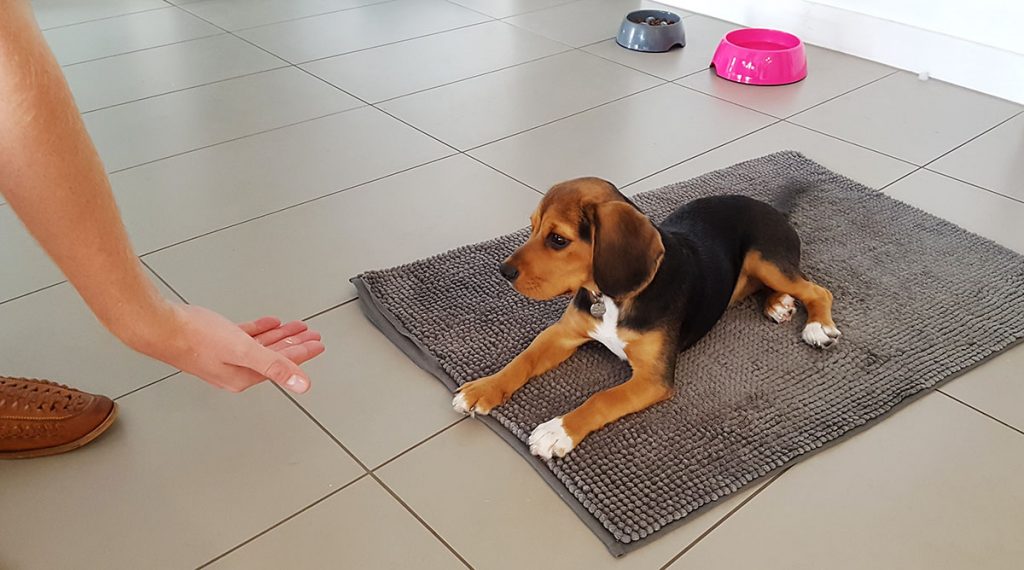
Keep these four major guiding principles in mind and you’re good to go
When searching for online information on how to teach certain skills or how to deal with behaviour problems, include terms such as “positive reinforcement”, “force-free”, “fear-free”, “reward-based” or “humane” in your search. But be aware that buzzwords are no guarantee that the information is sound. You can increase your chances by looking for reliable sources such as scientific pet blogs, for example Companion Animal Psychology, or force-free training organisations, such as the Pet Professional Guild—or if you live in my nick of the woods the Pet Professional Guild Australia—and Fear Free Pets. Engaging a positive reinforcement trainer for distance consults—even if it’s just a one-off consult—might be a good investment. It will set you on the right track, prevent frustration and serious mistakes and can ultimately save you time and money.
Whichever route you chose, if you memorise the following four major guidelines (MPET), your DIY dog training project will not be a disaster:
- Motivation: Use yummy food as reinforcer (or play/toys, if suitable).
- Planning: Teach step by step. Set your dog up for success with an incremental training plan.
- Enjoyment: Celebrate every little success. Have fun!
- Teamwork: Never force your dog. Take breaks. Be patient.
I’ll go and drill another hole now. This time in a plastic rainwater tank. I’ve already drilled one and it worked beautifully. Carefully, at moderate speed so the plastic doesn’t melt, taking frequent breaks so I could assess my work and adjust it to avoid potential disasters. There’s nothing like having success without breaking anything in the process.

